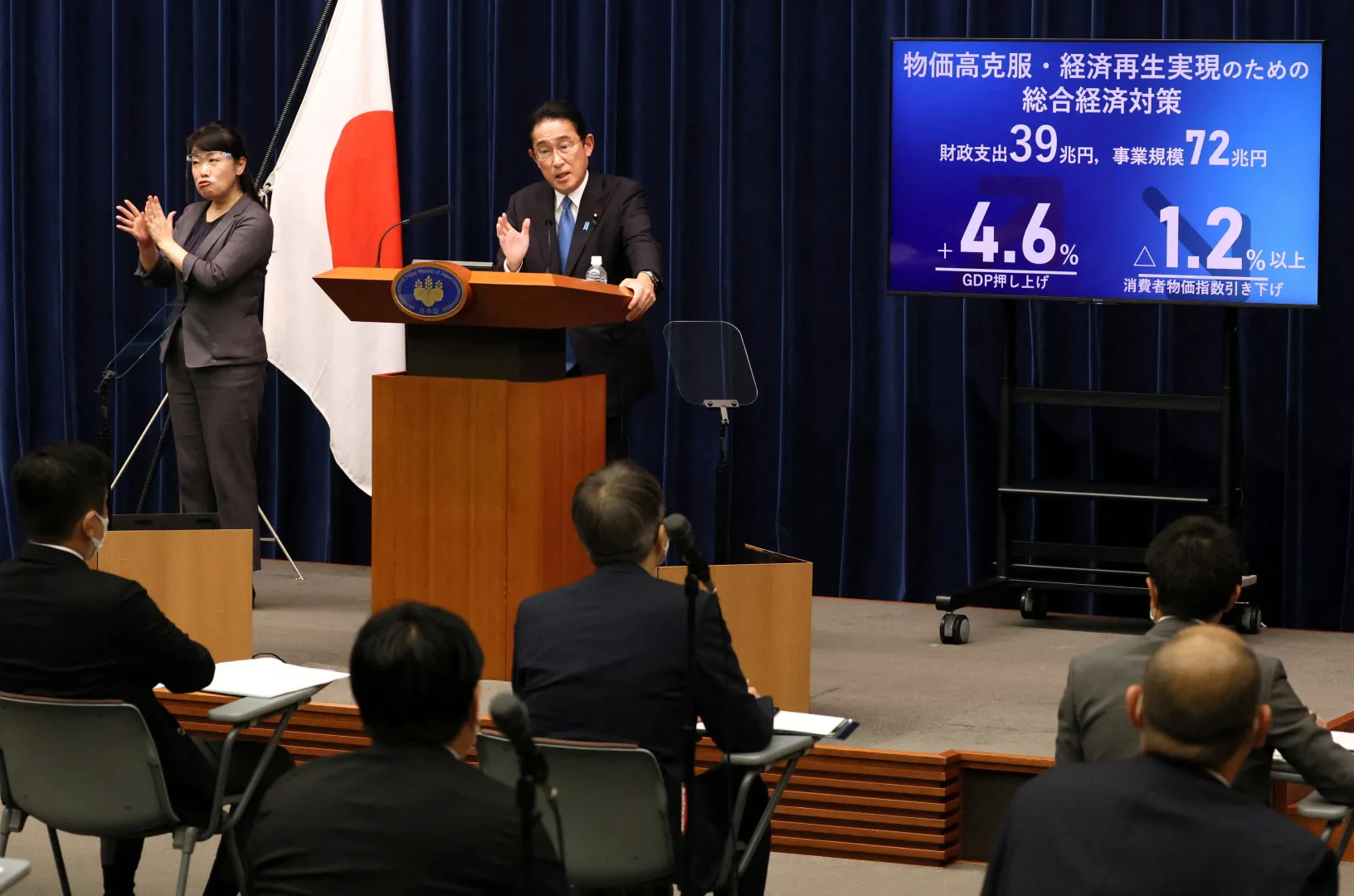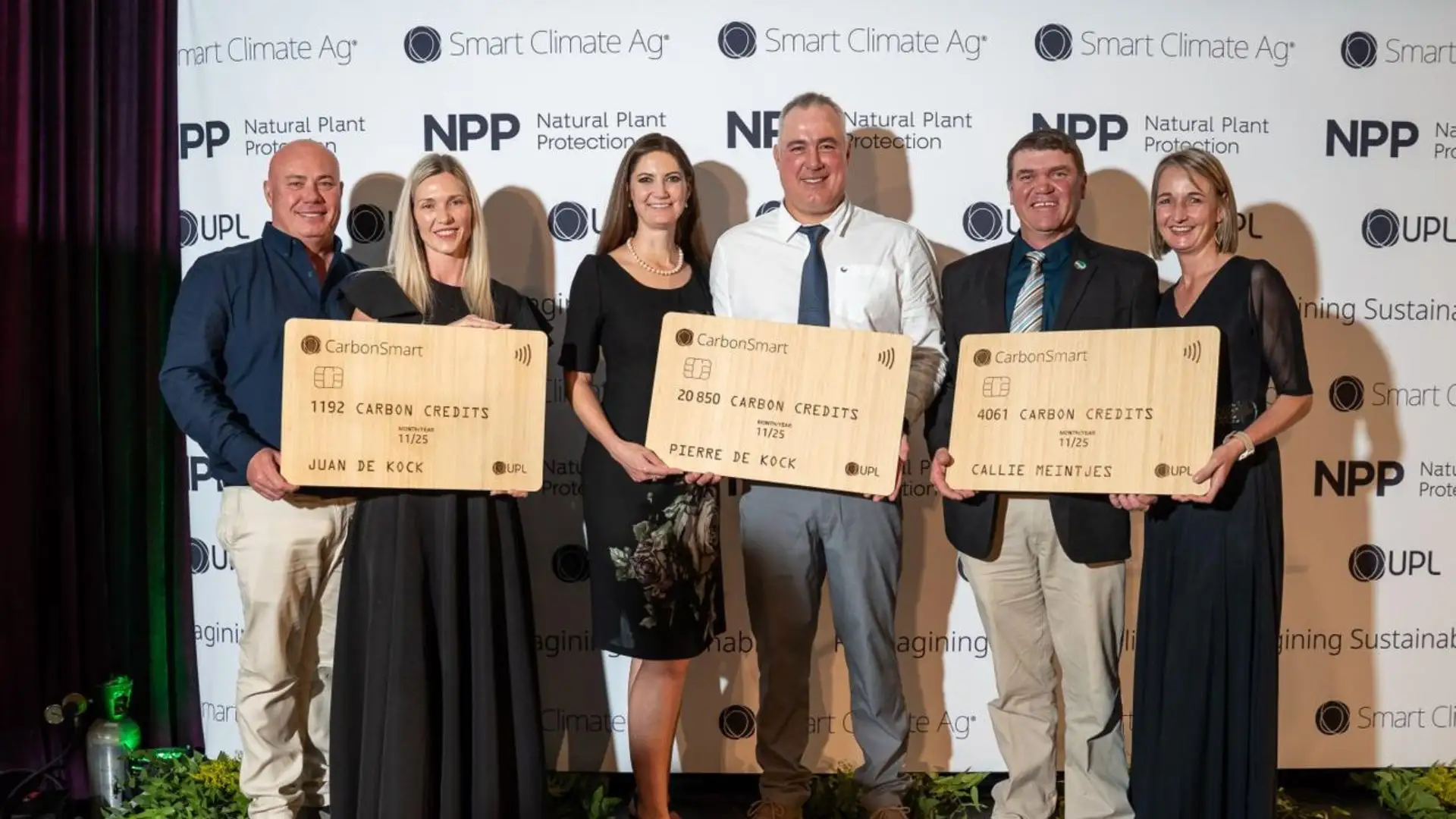In a strategic move set to significantly bolster its food security and reduce a hefty import bill, Kenya has embarked on a groundbreaking partnership with the Republic of Korea to dramatically boost local rice production. This collaboration, spearheaded by the Kenya Agricultural and Livestock Research Organisation (KALRO) and Korea’s Rural Development Administration (RDA) through its KOPIA program, aims to transform Kenya from a major rice importer into a more self-sufficient nation, leveraging advanced agricultural technologies and sustainable practices.
The initiative comes at a critical juncture for Kenya, where rice consumption is rapidly escalating, particularly among the younger generation. Dr. Eliud Kireger, Director General of KALRO, highlighted this growing demand during a recent symposium on rice production. “Currently, we produce very little rice and import most of what we consume. Kenya imports 80 percent of the rice to meet the annual demand. In 2024, rice imports were valued at a staggering Sh67.9 billion (approximately USD 522 million),” he stated, underscoring the immense economic drain caused by this dependency.
This partnership is not merely about increasing yields; it’s a comprehensive approach to developing a robust, sustainable rice seed system, enhancing post-harvest handling, and empowering farmers with the knowledge and resources to thrive. It represents a significant step towards achieving national food security and unlocking new economic opportunities for thousands of Kenyan farmers.
The Rice Imperative: Kenya’s Growing Appetite and Costly Dependency
Kenya’s dietary landscape has been undergoing a significant transformation over the past two decades. Historically, traditional staples like ugali (a maize meal porridge), chapati (flatbread), and various tubers formed the core of the Kenyan diet. However, rapid urbanization, changing lifestyles, and increased exposure to diverse cuisines have led to a marked shift towards convenience foods and a greater consumption of rice. Rice is now a preferred staple in many urban households and is increasingly gaining popularity in rural areas due to its ease of preparation and versatility.
This surge in demand has far outstripped local production capacity. Kenya’s agricultural sector, while diverse, has struggled to keep pace with the burgeoning appetite for rice. The stark reality, as articulated by Dr. Kireger, is that Kenya imports a staggering 80 percent of its annual rice requirements. This heavy reliance on imports exposes the country to volatile global rice prices, supply chain disruptions, and a significant outflow of foreign exchange. The Sh67.9 billion spent on rice imports in 2024 represents a substantial portion of the nation’s agricultural import bill, diverting funds that could otherwise be invested in domestic development.
The strategic importance of reducing this import dependency cannot be overstated. For a nation like Kenya, achieving greater self-sufficiency in staple foods is paramount for several reasons:
- Food Security: Reducing reliance on external markets enhances national food security, making the country less vulnerable to global price shocks, geopolitical tensions, or climate-induced production failures in exporting countries. This aligns with Kenya’s broader National Food Security Policy, which aims to ensure adequate and safe food for all citizens.
- Economic Stability: A massive import bill for a staple food puts pressure on foreign exchange reserves and can contribute to trade deficits. Boosting local production keeps wealth within the country, stimulates local economies, and creates jobs.
- Poverty Reduction: Increased domestic production directly benefits smallholder farmers, who constitute the majority of Kenya’s agricultural workforce. Higher yields and better market access translate into improved incomes and livelihoods, contributing to poverty reduction in rural areas.
- Agricultural Diversification: While maize remains a primary staple, diversifying food sources with crops like rice strengthens the agricultural sector’s resilience against specific crop failures or market fluctuations.
“The shift away from traditional staples like ugali, especially among the younger generation, means that rice is no longer a luxury but a fundamental component of the national diet,” explains Dr. Agnes Kalibata, President of AGRA (Alliance for a Green Revolution in Africa), in a recent interview on African food systems. “Addressing the rice deficit is therefore not just an agricultural challenge, but a national development imperative.”
KALRO and Korea’s Strategic Partnership: The ‘Africa K-Ricebelt’ Initiative
At the heart of this transformative effort is the collaboration between KALRO, Kenya’s premier agricultural research institution, and the Korean government, primarily through the Korean Program on International Agriculture (KOPIA), an overseas agricultural technology cooperation program of Korea’s Rural Development Administration (RDA). This partnership is a direct response to Kenya’s urgent need to scale up its rice production capabilities.
Dr. Eliud Kireger emphasized that to significantly increase production, the focus must be on quality certified seed. “While we have local varieties, the Koreans have developed high-yielding, high-quality rice types,” he noted. This highlights the core of the technology transfer: bringing in proven, superior genetic material that can dramatically improve productivity per unit of land.
The collaboration in Kenya is part of a much larger, ambitious regional initiative known as the ‘Africa K-Ricebelt’. This project, a component of the broader Rice Seed Production Improvement in Africa (RiceSPIA) project, aims to establish a unified high-yield rice seed system across seven African countries: Kenya, Senegal, Gambia, Guinea, Ghana, Cameroon, and Uganda. This pan-African approach recognizes that challenges in rice production are often shared across the continent and that a coordinated effort leveraging advanced technologies can yield significant regional food security benefits.
Eunha Yoo, Director of the KOPIA Division at Korea’s Rural Development Administration (RDA), provided insights into the impressive progress of the K-Ricebelt project. “Starting with 2,000 tons of seed in 2023, we reached 3,562 tons in 2024, surpassing our target. By 2027, we aim to produce and distribute 10,000 tons of rice seed annually across these countries,” said Yoo. This demonstrates a rapid scaling-up of seed production, which is fundamental to widespread adoption of new varieties and increased yields across the continent. The RDA’s KOPIA program is a key vehicle for South Korea’s agricultural development assistance globally, focusing on tailored solutions for local contexts.
Revolutionizing Rice Production: High-Yielding Varieties and Infrastructure
The core strategy of the Kenya-Korea partnership revolves around two critical pillars: the introduction of high-yielding rice varieties and the development of modern agricultural infrastructure.
1. High-Yielding Varieties:
Dr. Ruth Musila, KALRO Mwea Center Director and Principal Investigator of the KALRO-KOPIA project, revealed that researchers have selected three particularly promising Korean rice varieties: Ukafaci 39, ISRIZ 6, and ISRIZ 7. These varieties are currently undergoing rigorous national performance trials across various agro-ecological zones in Kenya. “We expect final results by January 2026,” Dr. Musila confirmed.
The selection process is meticulous, ensuring that the chosen varieties are not only high-yielding (going up to 7.5 tons per hectare, significantly higher than Kenya’s current average of 2.5-3 tons per hectare) but also adaptable to diverse growing conditions, including both irrigated and rain-fed environments. This adaptability is crucial for Kenya, which experiences varied rainfall patterns and has both large-scale irrigation schemes (like Mwea) and smaller rain-fed farming areas. High-yielding varieties are essential for maximizing output from limited land resources, a common challenge in many African agricultural landscapes.
2. State-of-the-Art Infrastructure:
Increasing yields requires more than just good seeds; it demands modern infrastructure for seed production, processing, and storage. Dr. Kireger elaborated on the significant investment in this area: “We are developing state-of-the-art rice production fields and seed processing infrastructure with support from Korea, including seed cleaning and storage facilities.”
Certified seed production facilities have already been established at KALRO Mwea, a critical hub for rice research and development in Kenya. This infrastructure ensures that the high-quality Korean varieties can be multiplied efficiently and distributed to farmers. Proper seed cleaning and storage facilities are vital to maintain seed viability and purity, preventing spoilage and contamination that can undermine productivity.
The total investment over the next five years for this comprehensive program is approximately Sh2 billion (around USD 15.4 million). This substantial funding covers various critical components:
- Research: Continued research into variety adaptation, agronomic practices, and pest/disease management.
- Land Preparation: Developing and improving rice production fields, potentially including irrigation systems and soil management.
- Seed Production: Scaling up the multiplication of certified seeds to meet national demand.
- Post-Harvest Handling: Investing in modern post-harvest technologies to minimize losses, which can be as high as 20-30% in traditional farming systems due to poor drying, storage, and milling.
This integrated approach, from research to post-harvest, is designed to create a holistic and efficient rice value chain in Kenya.
Bridging the Gap: Towards Rice Self-Sufficiency
Dr. Ruth Musila candidly stated the current challenge: “We are only able to supply 20 percent of what is consumed in the country while the deficit is imported. We want to be at 30 percent self-sufficient by the time the project ends.” While a 10 percentage point increase in self-sufficiency might seem modest given the scale of the deficit, it represents a significant step towards reducing the import burden and building domestic capacity. Achieving even 30% self-sufficiency would mean a substantial reduction in the Sh67.9 billion import bill, freeing up valuable foreign exchange.
Bridging the remaining import gap will undoubtedly require significant effort and sustained investment beyond the initial five-year project. Key challenges include:
- Land Availability and Water Management: Expanding rice cultivation requires suitable land, often irrigated. While Kenya has irrigation schemes like Mwea, expanding them and ensuring efficient water use in the face of climate change is crucial. The National Irrigation Board plays a vital role in this.
- Farmer Adoption and Extension Services: Ensuring that smallholder farmers adopt new varieties and improved practices requires robust extension services, training, and access to inputs and markets.
- Climate Change Resilience: Developing varieties and practices that are resilient to changing weather patterns, including droughts and floods, is essential for long-term sustainability.
- Pest and Disease Management: Intensive rice cultivation can lead to increased pest and disease pressure, requiring integrated management strategies.
- Market Access and Value Chains: Ensuring that farmers have reliable markets for their increased produce and that efficient value chains exist to connect producers to consumers.
Despite these challenges, the economic benefits for farmers are compelling. Raising yields from 2.5-3 tons per hectare to 4.5-7 tons per hectare can more than double a farmer’s income from the same plot of land, significantly improving livelihoods and reducing rural poverty. This increased productivity also contributes to a more stable food supply for the entire nation.
Post-Harvest Handling and Value Addition: Maximizing Returns
The inclusion of post-harvest handling in the Sh2 billion investment plan is a critical aspect often overlooked in agricultural development initiatives. Post-harvest losses in developing countries can be substantial, sometimes accounting for 20-40% of the total harvest due to inadequate drying, storage, and processing facilities. For rice, improper drying can lead to cracking and spoilage, while inefficient milling results in lower recovery rates of edible grain.
By investing in modern seed cleaning and storage facilities, the project aims to:
- Reduce Losses: Minimize quantitative and qualitative losses of rice after harvest, ensuring more of what is produced reaches the market.
- Improve Quality: Enhance the quality of the rice grain, leading to better market prices for farmers and more appealing products for consumers.
- Increase Shelf Life: Proper storage extends the shelf life of rice, allowing farmers to store their produce and sell when prices are favorable, rather than being forced to sell immediately after harvest.
Beyond basic post-harvest handling, there is immense potential for value addition. This could include investing in modern rice milling facilities that produce higher-quality milled rice, as well as exploring opportunities for branding and packaging Kenyan-grown rice to compete effectively with imported varieties. Value addition not only increases the final market price of the product but also creates additional employment opportunities in processing and marketing.
The Role of Technology Transfer and Training: Empowering Farmers
A cornerstone of the KOPIA project is the emphasis on technology transfer and training. Korean expertise in rice cultivation is globally renowned, characterized by high efficiency, advanced breeding techniques, and sophisticated farm management practices. This partnership facilitates the direct transfer of this knowledge and technology to Kenyan researchers, extension workers, and ultimately, farmers.
Training programs will likely cover:
- Improved Agronomic Practices: Teaching farmers optimal planting densities, nutrient management, water management (especially for irrigated rice), and pest/disease control using integrated approaches.
- Seed Management: Training on how to select, handle, and store seeds to maintain genetic purity and vigor.
- Post-Harvest Techniques: Educating farmers on proper drying, threshing, cleaning, and storage methods to minimize losses and maintain quality.
- Farm Business Management: Equipping farmers with skills to manage their farms as profitable enterprises, including record-keeping, market analysis, and financial planning.
Such comprehensive training, coupled with robust extension services, is crucial for ensuring widespread adoption of new varieties and practices. The success stories of technology transfer in other developing countries, such as the Green Revolution in Asia, underscore the transformative power of combining improved seeds with knowledge dissemination. The Food and Agriculture Organization (FAO) often highlights the importance of farmer field schools and extension services in boosting agricultural productivity in Africa.
Challenges and Future Outlook: A Sustainable Path Forward
While the Kenya-Korea partnership is a beacon of hope for Kenya’s rice sector, it will undoubtedly face challenges that need careful management:
- Climate Change Impact: Kenya is highly vulnerable to the impacts of climate change, including erratic rainfall, prolonged droughts, and increased frequency of extreme weather events. These can severely disrupt rice production, particularly in rain-fed areas. The project will need to continuously research and develop climate-resilient varieties and adaptive farming practices. The Kenya Climate Change Act 2016 outlines national strategies for climate action, including adaptation in agriculture.
- Water Scarcity: Rice is a water-intensive crop. Ensuring sustainable water availability for expanded irrigation schemes, especially in a water-stressed region, will be a long-term challenge.
- Pest and Disease Management: As production intensifies, the risk of pest and disease outbreaks can increase, requiring robust surveillance and integrated pest management strategies.
- Market Access and Fair Pricing: While increased production is vital, ensuring that farmers have stable markets and receive fair prices for their produce is equally important to sustain their motivation and investment.
- Widespread Adoption: Scaling up the adoption of new technologies and varieties across thousands of smallholder farmers requires continuous effort, financial incentives, and strong institutional support.
Despite these hurdles, the long-term vision for the RiceSPIA project and the ‘Africa K-Ricebelt’ initiative is highly ambitious and transformative. Eunha Yoo’s statement, “If successful, the RiceSPIA project will increase rice self-sufficiency and reduce imports, while improving farmer incomes and ensuring a stable food supply,” encapsulates this vision. The 2025 International Rice Symposium provided a crucial platform for stakeholders to discuss progress, challenges, and future plans, fostering a collaborative environment essential for success.
The partnership between Kenya and Korea serves as a powerful model for South-South cooperation in agricultural development. By combining Korea’s advanced agricultural technology and expertise with Kenya’s agricultural potential and growing demand, this initiative has the potential to not only transform Kenya’s rice sector but also contribute significantly to regional food security across the participating African nations. It underscores the global recognition that investing in sustainable agriculture and empowering local farmers is fundamental to achieving broader economic development and improving livelihoods. The journey towards rice self-sufficiency is a marathon, not a sprint, but with this strategic partnership, Kenya has taken a decisive stride forward.
Ready to take your career to the next level? Join our dynamic courses: ACCA, HESI A2, ATI TEAS 7 , HESI EXIT , NCLEX – RN and NCLEX – PN, Financial Literacy!🌟 Dive into a world of opportunities and empower yourself for success. Explore more at Serrari Ed and start your exciting journey today! ✨
photo source: Google
By: Montel Kamau
Serrari Financial Analyst
17th July, 2025
Article, Financial and News Disclaimer
The Value of a Financial Advisor
While this article offers valuable insights, it is essential to recognize that personal finance can be highly complex and unique to each individual. A financial advisor provides professional expertise and personalized guidance to help you make well-informed decisions tailored to your specific circumstances and goals.
Beyond offering knowledge, a financial advisor serves as a trusted partner to help you stay disciplined, avoid common pitfalls, and remain focused on your long-term objectives. Their perspective and experience can complement your own efforts, enhancing your financial well-being and ensuring a more confident approach to managing your finances.
Disclaimer: This article is for informational purposes only and does not constitute financial advice. Readers are encouraged to consult a licensed financial advisor to obtain guidance specific to their financial situation.
Article and News Disclaimer
The information provided on www.serrarigroup.com is for general informational purposes only. While we strive to keep the information up to date and accurate, we make no representations or warranties of any kind, express or implied, about the completeness, accuracy, reliability, suitability, or availability with respect to the website or the information, products, services, or related graphics contained on the website for any purpose. Any reliance you place on such information is therefore strictly at your own risk.
www.serrarigroup.com is not responsible for any errors or omissions, or for the results obtained from the use of this information. All information on the website is provided on an as-is basis, with no guarantee of completeness, accuracy, timeliness, or of the results obtained from the use of this information, and without warranty of any kind, express or implied, including but not limited to warranties of performance, merchantability, and fitness for a particular purpose.
In no event will www.serrarigroup.com be liable to you or anyone else for any decision made or action taken in reliance on the information provided on the website or for any consequential, special, or similar damages, even if advised of the possibility of such damages.
The articles, news, and information presented on www.serrarigroup.com reflect the opinions of the respective authors and contributors and do not necessarily represent the views of the website or its management. Any views or opinions expressed are solely those of the individual authors and do not represent the website's views or opinions as a whole.
The content on www.serrarigroup.com may include links to external websites, which are provided for convenience and informational purposes only. We have no control over the nature, content, and availability of those sites. The inclusion of any links does not necessarily imply a recommendation or endorsement of the views expressed within them.
Every effort is made to keep the website up and running smoothly. However, www.serrarigroup.com takes no responsibility for, and will not be liable for, the website being temporarily unavailable due to technical issues beyond our control.
Please note that laws, regulations, and information can change rapidly, and we advise you to conduct further research and seek professional advice when necessary.
By using www.serrarigroup.com, you agree to this disclaimer and its terms. If you do not agree with this disclaimer, please do not use the website.
www.serrarigroup.com, reserves the right to update, modify, or remove any part of this disclaimer without prior notice. It is your responsibility to review this disclaimer periodically for changes.
Serrari Group 2025












